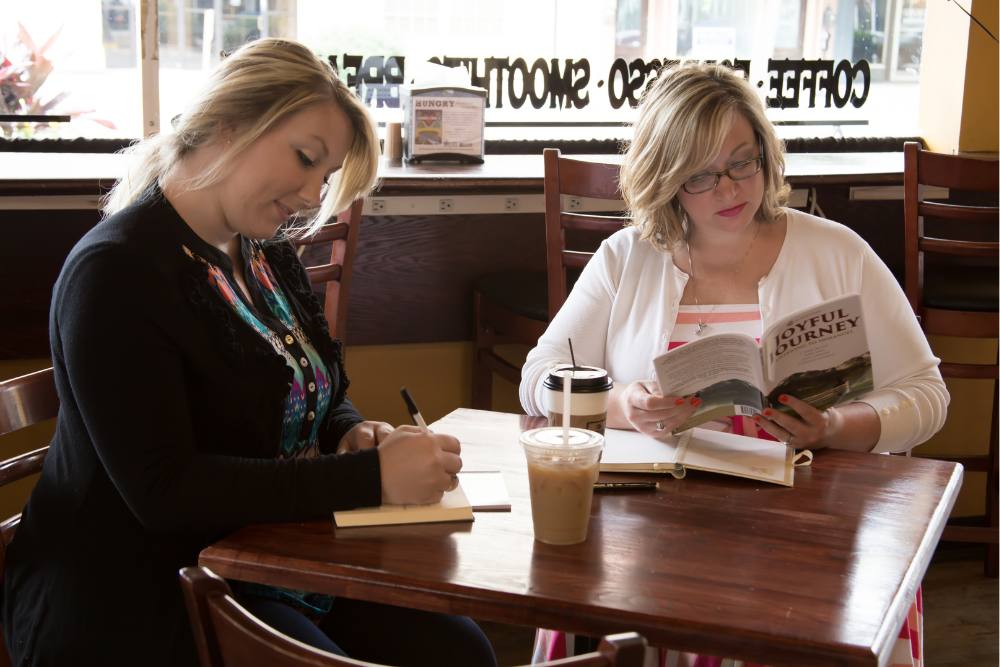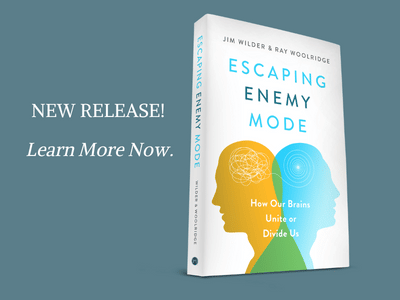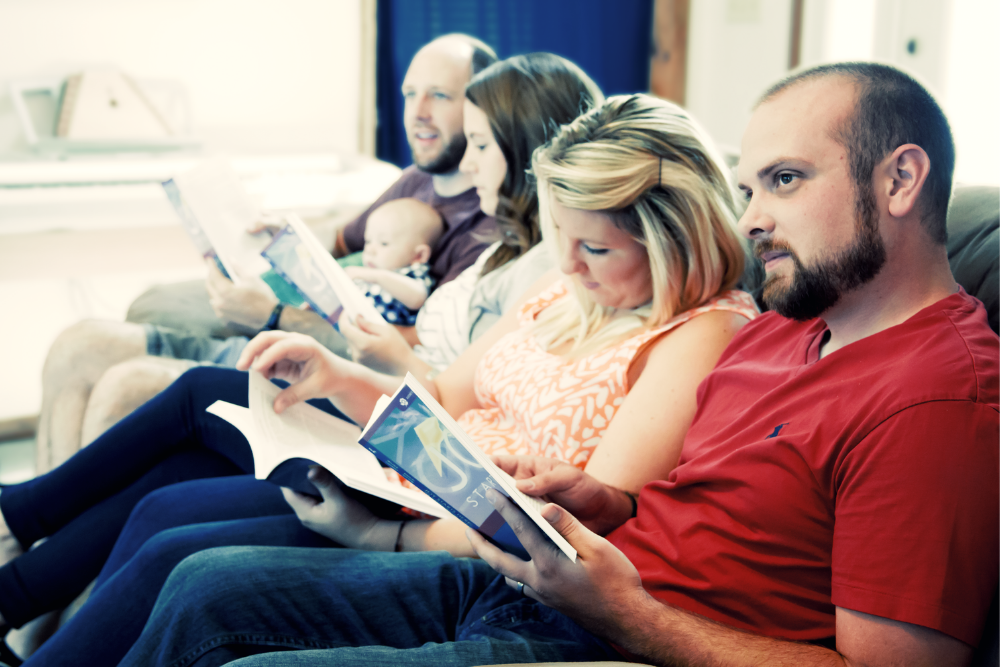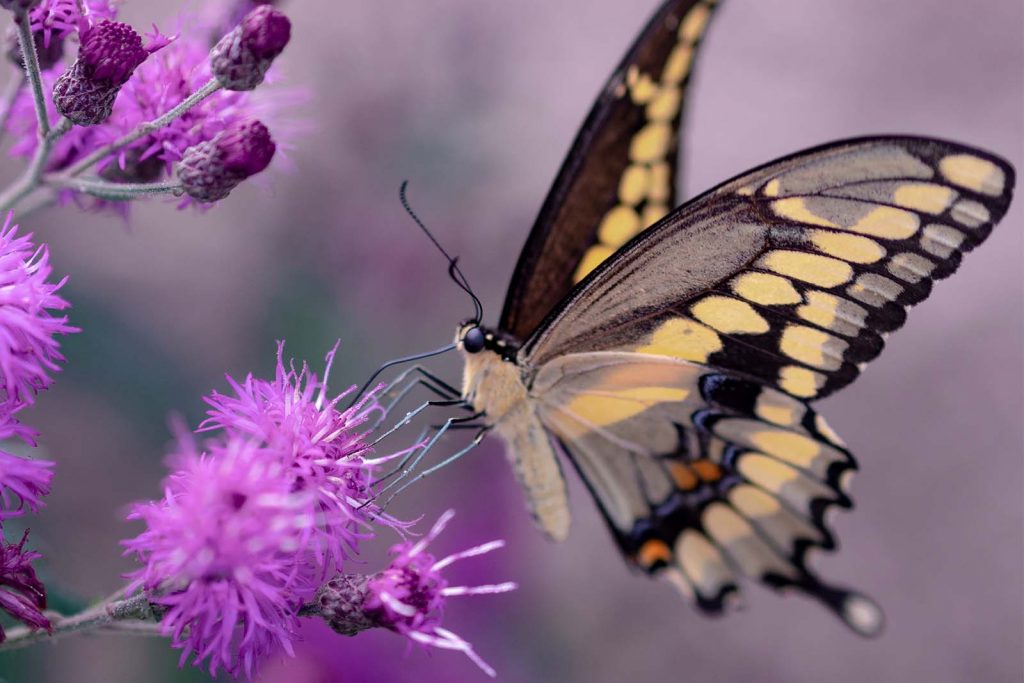In one of my favorite moments as a journalist, years ago I joined the friendly banter of a popular men’s watering hole, Ben’s, the first African-American barber shop in Madison, Wisconsin.
The first thing you noticed was the high-amperage joy, men’s safe teasing, inter-generational trust, and rhythmic guffaws. After being warmly welcomed, I asked a question of the shop owner, as he held a blade over the cream-covered neck of a customer who was bent back in the chair. “Ben, do you ever cut ‘em?”
“Oh yah!” he laughed, as another round of chuckles rippled through the room. “Around here we take the bitter with the sweet!”
That poses a dilemma many feel when living in Life Model’s “transformation zone.” When past associations with our loved ones are bitter (fear-bonded), how do we move them to sweet (love-bonded)?!
Moving from bitter to sweet
In his Restarting curriculum, Rev. Ed Khouri teaches a process of returning to joy from negative emotions, with the goal of a more consistent experience of being “glad to be together.” But – million-dollar question — what if we’re NOT glad to be together and can’t muster the strength to climb out of our hole of bitterness. What if a particular family member is exactly who we DON’T want to be with?
Feeling trapped years ago, my wife Vicki and I called Life Model counselor Conrad Beaulieu, who explained that progress in our low-joy relationship would require that a mutual friend join us in counseling, a joy-giver who loved us both, to help us feel safe and supported enough to share our true feelings. Little did we know this would include freedom to loudly express anger and face the hurt of accumulated pain.
Through faithful listening, care for both of us, and prayer, Conrad and our friend were able to both weep and rejoice with us (Romans 12:15), gradually restoring love from fear.
But could we stand on our own? Vicki and I had lifelong patterns of resorting to, and defending, our own understandings of problems that arose between us. Sure, we could just avoid talking, but we wanted more than a functional but frozen relationship, or mere peaceful co-existence.
The Catch-22 of Co-Dependence: When Help Hinders
As Vicki and I looked honestly at our relationship, we realized we had created the perfect storm. I loved Vicki enough to try and help her, but because of an intimidating childhood influence in her life, even my gentle attempts came off as condescension and drove her away.
Then, because of my childhood experience of abandonment, her withdrawal triggered fear, anger, self-pity, and blame in me.
Here’s where Restarting helped me unravel a central dilemma: we had become co-dependent and, little did we realize that, when triggered by pain, sharing fear was the only way we knew how to be together.
Khouri explained (Session 3) what at first seemed impossible, that we would actually “help each other” learn to return to joy from fearful, negative emotions. “We get to carry each other.” Oh great, I’m thinking, that’ll go well!
Then, as if reading my mind, he said: “Some of you are probably saying, ‘Yah, but you don’t know my wife!’ And wives are saying, ‘You don’t have to live with this guy!’”
Khouri is aware of the paradox: “Carrying people to fix their problems or emotions, or carrying them to fix our own problems, is called co-dependency.” The goal of restoration is totally different, he says.
When we’re glad to be together strictly for love’s sake, to build joy and even just to be quiet together, “when we’re carrying each other’s burdens, synchronizing and sharing mutual mind site in a secure, joyful relationship, we’re not co-dependent,” said Khouri. “In fact that’s how we stop being co-dependent.”
I’m still unlearning and rewiring old thought patterns, taming old needs to intervene. This leaves room for us to imagine God’s smile, and freedom for each of us to look to Him to lead us.
Learning to carry, not bury, the ones we love
Learning to hold or carry my loved ones with what the Life Model calls “God sight”—with joyous anticipation, hope and rest, trusting in His redemptive arc for our lives—has made all the difference.
I’ve let God heal my sense of isolation and pain, and learned not to trample those I love. I’ve learned that my good intentions, and even wise and quiet words, are a poor substitute for God-room, space left for my loved ones to hear from their Maker for themselves, and figure things out in a way that makes sense to them. As I make room, He fills the void.
If you’re in the thick of your own cluster bomb of emotional triggers, or in a painful hole out from which you wonder how you’ll ever climb, I want to encourage you. With the help of skilled listeners and joy-building friends, fear loses its grip. God is invested in us, and as we’re promised, “Love never fails.”
I’m learning as a gentle protector-in-training, resting when overwhelmed, and content, if necessary, to say nothing but through joyful eyes of love. And guess who notices? The other day Vicki said, “I like the new you!”
The funny thing is, I do too!

What Does Love Look Like?
If I speak in the tongues of men and of angels, but have not love, I am a noisy gong or a clanging cymbal. And








